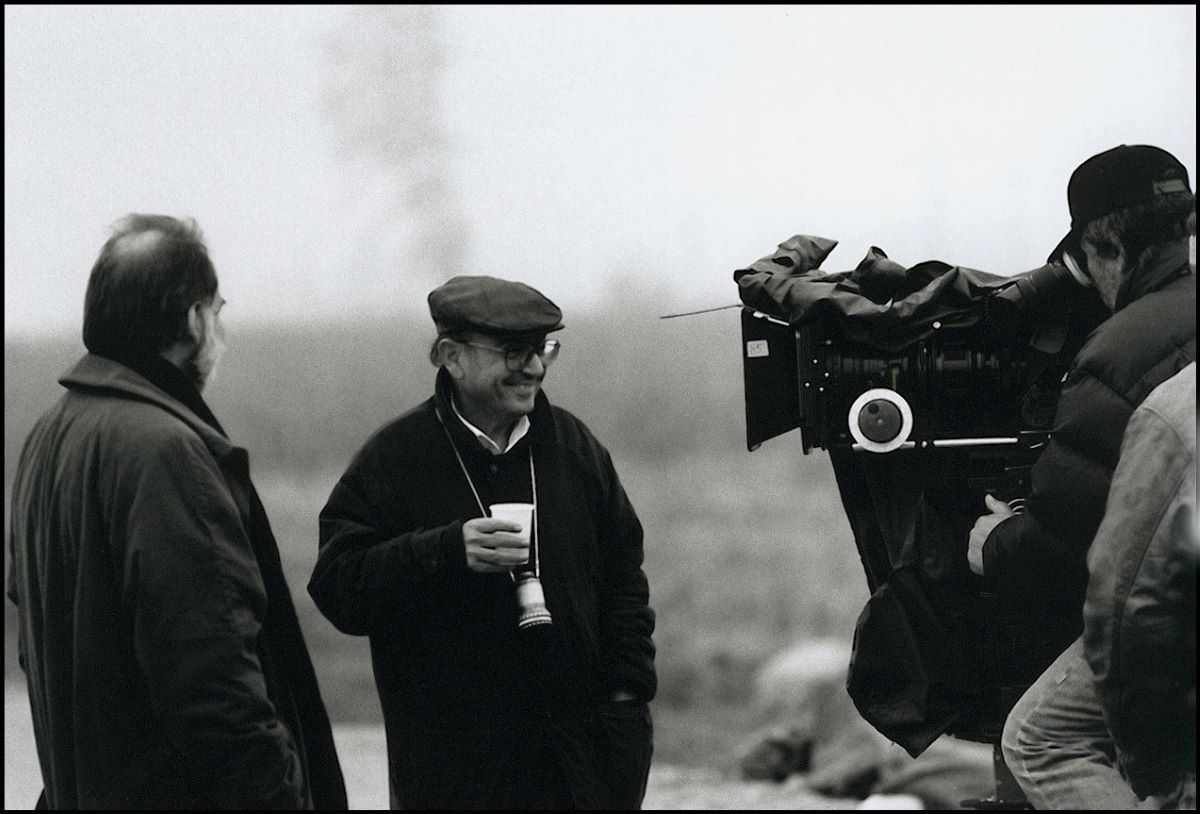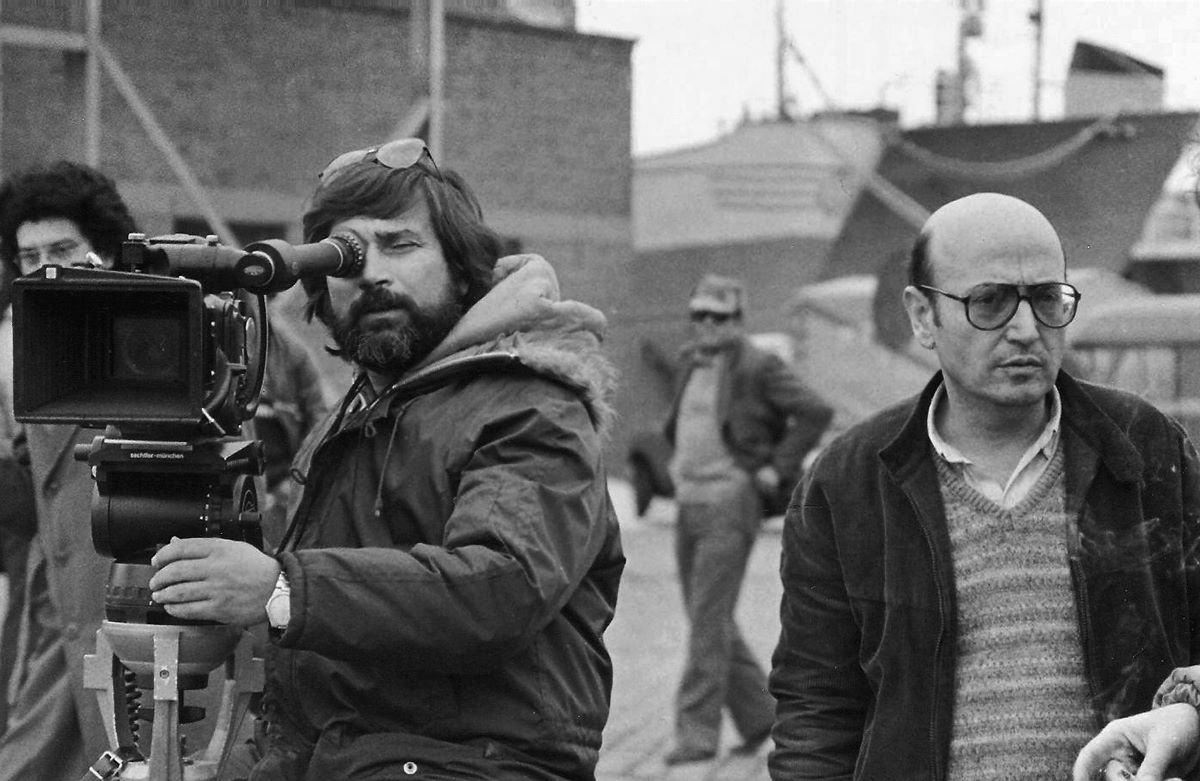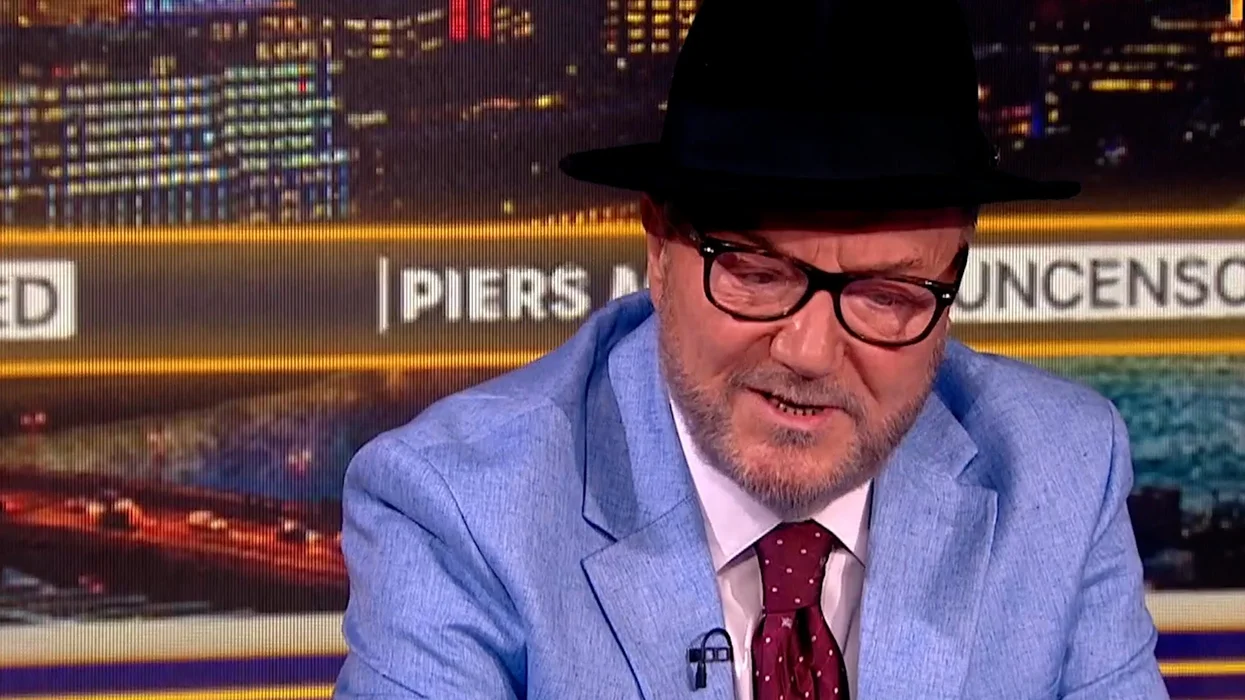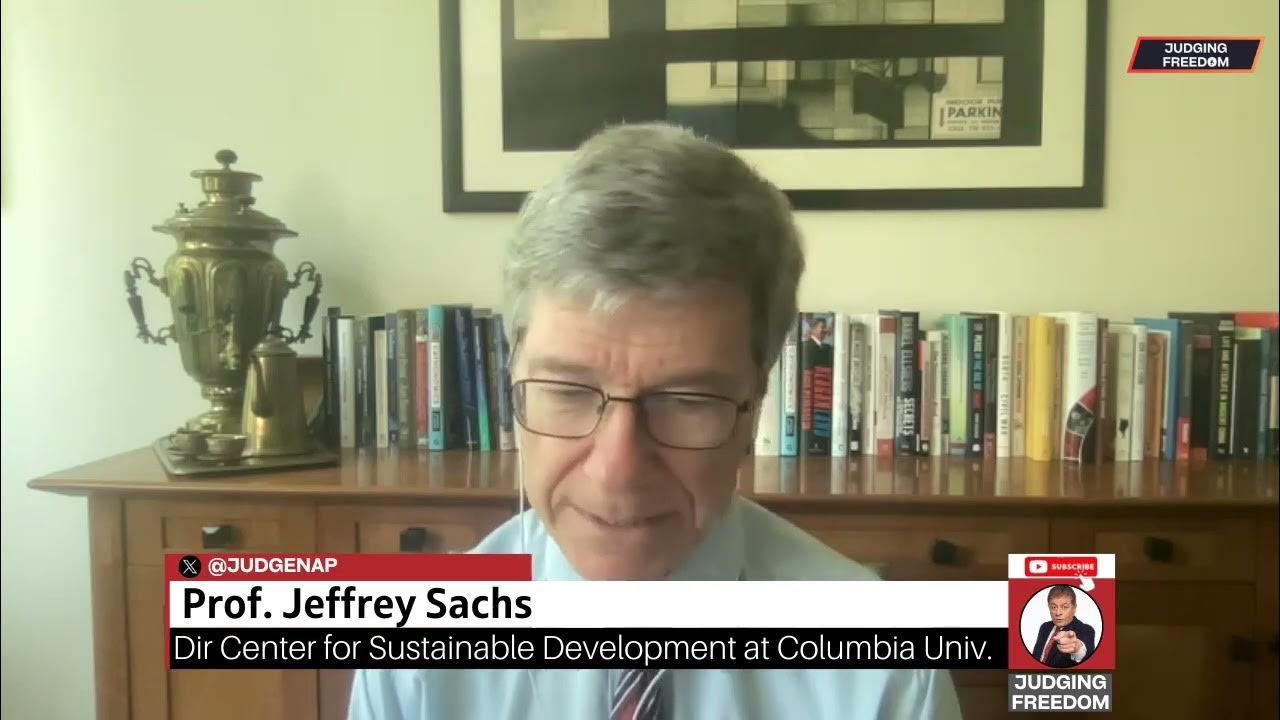by Sandy Hunter
Director Danny Boyle’s latest feature, 28 Days Later, spins contemporary paranoia regarding disease and viral infection into a frightening tale of post-apocalyptic horror, survival, and rampaging zombies. We caught up with Boyle, whose past work includes Shallow Grave, Trainspotting, and two digital shorts shot with DP Anthony Dod Mantle, for a chat during the 2003 Sundance Film Festival.
RES: Your new film, 28 Days Later, seems to mix a lot of genres, from zombie and horror flicks to post-apocalyptic and science fiction themes. What references did you draw on?
Boyle: With all of the films that we’ve done, we try and take a genre and fuck with it a bit. We love doing that. It helps market the films, and the studios or whoever is distributing the film love that and it contacts a mainstream audience, which is part of the deal for us. We want the mainstream audience. And then we want to blow the genre apart so you don’t get it. So the zombie fans who show up for this aren’t just going to see a gore-fest zombie film. They will get something in addition, and I think that’s a great dynamic really.
RES: I don’t think zombie fans will be disappointed though.
Boyle: Alex Garland [the film’s writer] is a big zombie fan. But also he’s a big fan of the sci-fi writing of J. G. Ballard. He also likes the The Day of the Triffids, the John Wyndham novel, and Boris Sagal’s film The Omega Man. We were not stealing, but nothing can stand on its own anymore—there is always some reference point. So in a sense maybe, we do steal stuff and then try and put it together in a different way. We wanted a horror/zombie film, but we also wanted it to be more emotional than horror films normally are. We wanted you to genuinely care about these people.
RES: Is there something particularly appealing to you about a band of survivors escaping the ruins of civilization, which is one part of the fabric of the post-apocalyptic genre?
Boyle: Supposedly the first such film is called The Green Ray. It’s a 1920s-era, silent, black-and-white film from France in which a green ray, which obviously had to be hand-painted into each shot, was shone on the Eiffel Tower. It puts the whole city to sleep and a bunch of survivors drive into the city. I’ve never seen it—I was just told of it by a French journalist. Apparently it was the first cinematic example of the genre, with a band of post-apocalyptic survivors. But the genre has a fantastic premise because it allows you to make a family film that is just about a bunch of people.
RES: The virus in the film is carried in the blood. Is there a connection to AIDS?
Boyle: You can’t help thinking of that. Obviously, it’s not based on AIDS; it’s more like Ebola. There’s a book called The Hot Zone, by Richard Preston, which we read. It’s about the guy who carried Ebola from Africa to Washington. It’s an airport kind of page-turner, but it’s phenomenal what happens. And the manifestation of the disease in the film, the sickness, is all based on Ebola with a bit of rabies, so there is a bit of medical background there. But you can’t help thinking about it—ever since AIDS appeared, people have had this sensitivity about the smallest drop of blood.
RES: Describe your work with DP Anthony Dod Mantle . . .
Boyle: He’s an amazing cameraman because he has all of the normal skills you’d expect in a quality cameraman, but because of his relationship with DV, he also has none of the ego and none of the kind of mythical stuff that goes along with cameramen when they say, “You won’t understand what I am talking about,” and go off into this private ramble. I’ve always suspected it’s a bit of bullshit made up to protect their position. Anthony doesn’t have any kind of status problems. He’s very relaxed and creative.
RES: What elements of visual style were discussed prior to filming?
Boyle: We wanted it to feel different in texture from normal film. Because it’s an apocalypse, you can use a different hue, because nobody knows what things will look like if everybody’s killed or there are no cars. So we talked about having a different texture, which we got with the DV. We would tickle the color of the film occasionally to create a slightly strange universe. Against that, I wanted this enormous energy from those who are infected, which I was going to get through this particular menu on the camera, which allows you to alter the frame rate; things appear to be speeded up but actually it’s real time. So you kind of snatch at fast images, like falling rain or a man running, snatching at them in a slightly unreliable way. The idea is that you can’t quite trust your usual sense of judgment about perception, depth, and distance when dealing with the infected. I was determined to do that, although there was quite a lot of opposition at one point as it was thought that it would make the film look very odd.
RES: Did you storyboard the entire film?
Boyle: We storyboarded odd bits occasionally for technical reasons, but I am not a great storyboard fan. I know everyone is different, but for me, personally, I much prefer making things up on the day. You can’t do that because there are so many people relying on you for decisionmaking. But you can sort of pretend to know what you are doing and everyone feels confident. But I love leaving things as late as possible. It’s very exciting. But the bigger the budget the less you can do—that’s part of the pact with Satan.
RES: What were other benefits of using digital cinematography for this film?
Boyle: The biggest benefit, to be absolutely honest, was the London sequences, because we would not have been able to afford to do those on celluloid and not only that, they would have been, in their very nature, completely different. If we were working with a celluloid camera, with the number of people you need to operate that, it would have been either much less ambitious or staggeringly expensive, in which case the film would have been very different, in part because we would have had to have a star in it to pay for it.
RES: What about disadvantages?
Boyle: Picture quality, especially on wide shots. We were fortunate; on the whole we got away with it. When you dwell on a wide shot, the human eye is so extraordinary that it goes to where it is interested on that big screen and it zooms in, just like that zoom in on the video game Halo! If the eye is interested in that picture and if the detail isn’t there, it looks a bit shitty. Whereas on film, you can go in that close and there’s enough detail there so it is still acceptable. That’s the only major disadvantage. I am not sure if DV would work for period films as there is something completely modem about its feel and about it as a recording or capturing process. If you did a Jane Austin novel or great period piece, I don’t know what it would look like; it might feel very odd.
RES: How did you shoot the film’s scenes of London emptied of people?
Boyle: We literally turned up and spent a couple of minutes filming in each place, but with ten cameras. And we’d choose the angles, set them up very carefully so we knew that when we cut them together it would make you feel like it was rolling on and that you were walking around the city with him and there was no one there. You immediately begin to pull the audience into this strange, new universe really, so when the attacks come, you feel vulnerable as well because you’ve been lured in.
RES: Tell us more about how the scenes with the infected were created.
BOYLE: My editor, Chris Gill, is wonderful. He has a technique, which is one of the reasons that I hired him, where he edits and compresses time. So I’ll shoot you going to that door to open it and the way he edits it, he will get you to that door far more quickly than is humanly possible. For a film like this, it makes you uneasy, and I felt that was a wonderful quality. When you get a good partnership with an editor you then start to shoot with an understanding of how he is going to cut it.
RES: What other elements contribute to the film’s relentless feel?
Boyle: Music. We have this Godspeed You Black Emperor track at the beginning. They are amazing. We went to meet them and they were very reluctant as normally they don’t license their work for features. They were a lovely bunch of people. This slow, very elegiac start which their music builds from virtually nothing to an apocalyptic crescendo; it was a fantastic template for the film. And what we did was use that track at the beginning and then the composer, John Murphy, took it as inspiration for the end, which has a rhythmic looping track that builds and builds and builds. You are trapped in the headlights, it’s too late, you can’t get out, it’s getting louder and louder . . .
RES: Addressing ethical dilemmas, individual freedom versus the common good, is this an intentional theme in your films?
Boyle: It’s been a crucial part of the last two decades of British life, with the individual dominating in a way society can’t sustain. We are told it’s more to do with selling dreams, which I guess America takes a lot of pride in. But we sell these dreams to people so brilliantly now that we are far ahead of our capability of delivering them, so people become obsessed, thinking, I should be able to have that, I should be able to go where I want with very little money. The reality is it doesn’t work like that. You get tension, frustration builds, and violence comes in. Those are ideas we worked with.
RES: Will your next film be digital?
Boyle: Not the next one. You should have an organic reason, where it suits the particular story you are doing, although I think eventually everyone will be working in digital. The weird thing will be the people who pop into celluloid now and again. At the moment I will be working on celluloid but I will go back to digital; I have no problem there at all.
RES: What is your next film?
Boyle: It’s a thing called Millions, by a writer called Frank Cottrell Boyce. It sounds crushingly dull as it’s about the changeover in the U.K. from the Pound Sterling to the Euro. This film supposes it is going to happen on one particular weekend. So the story is the opportunity on this one weekend that the changeover gives to criminals, and obviously filmmakers. So it is not as crushingly dull as it sounds! I just sell it that way so people’s expectations will be very low. It’s a very optimistic film about two young lads and really, about saying goodbye to things.
From RES magazine (res.com), January 2003.




